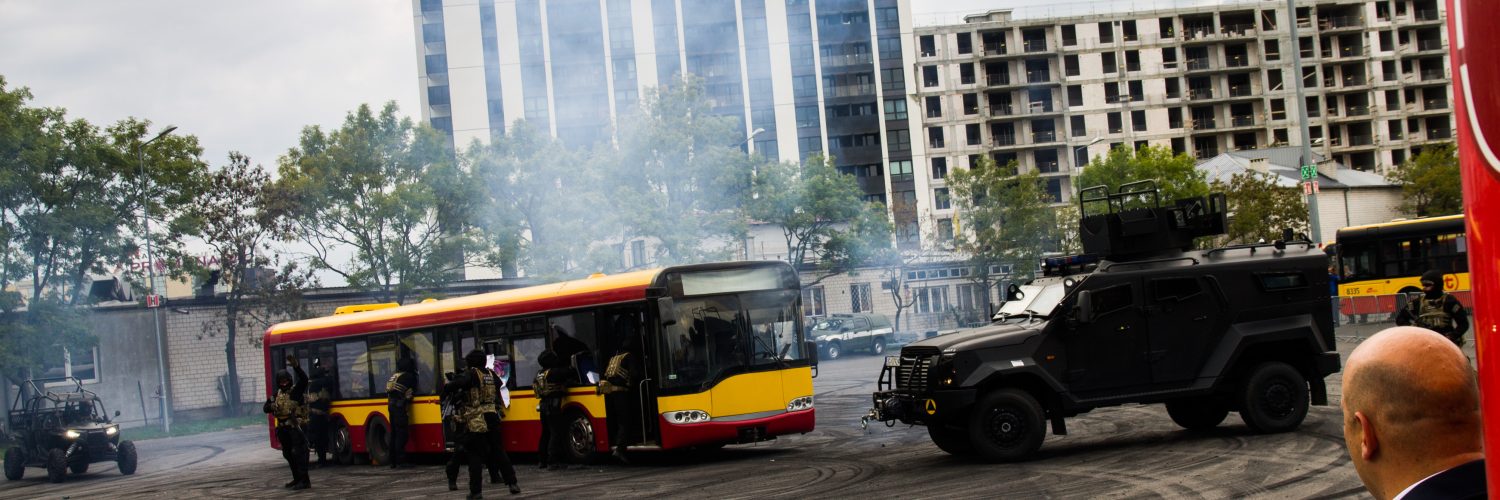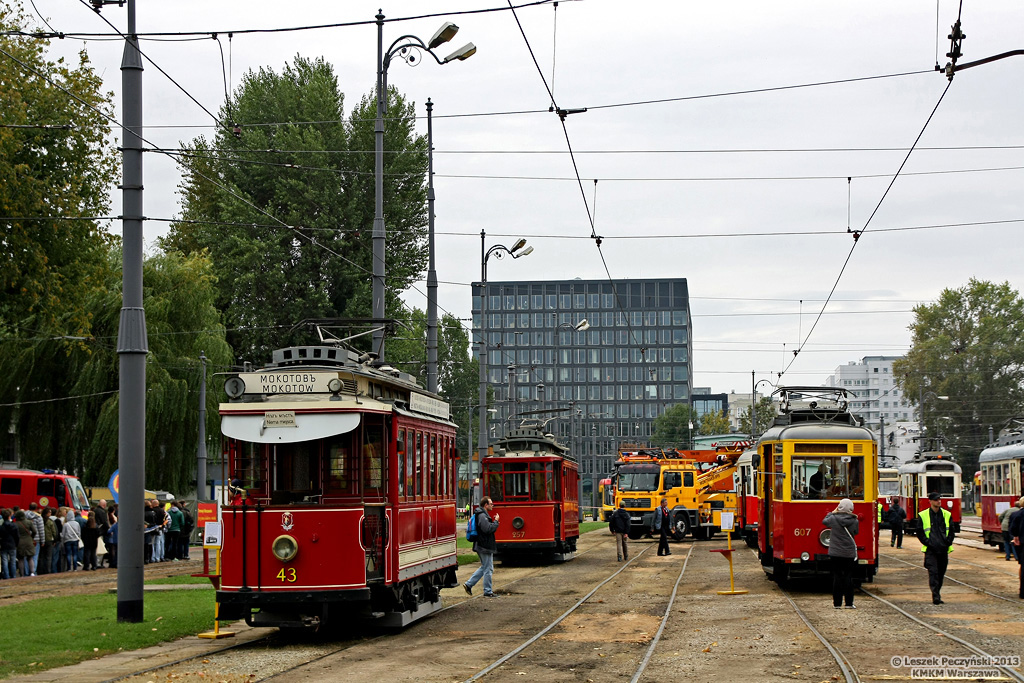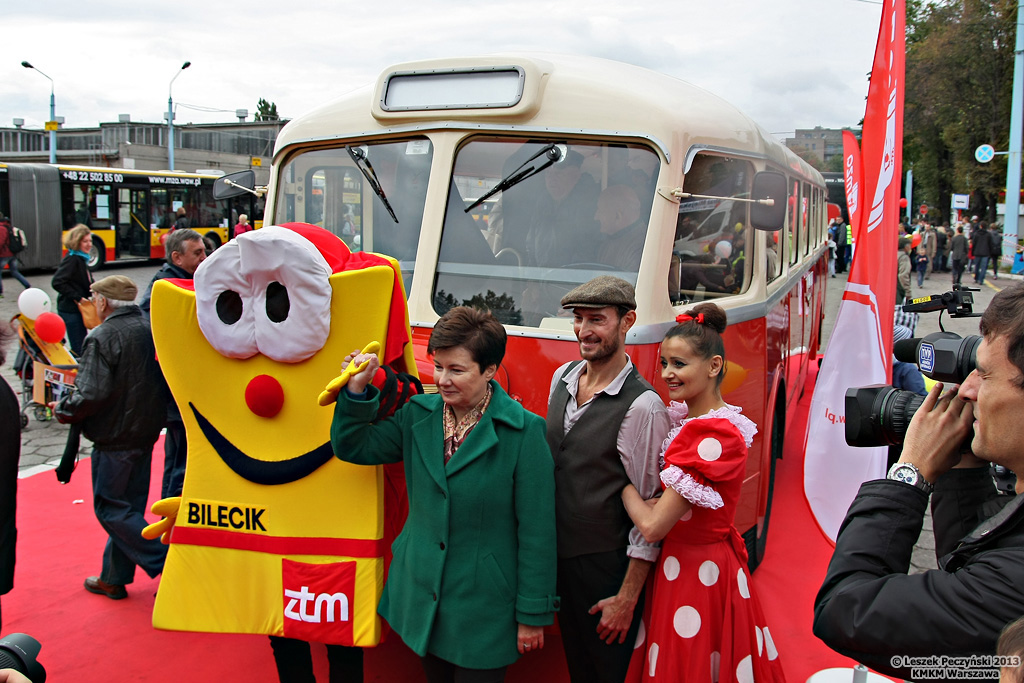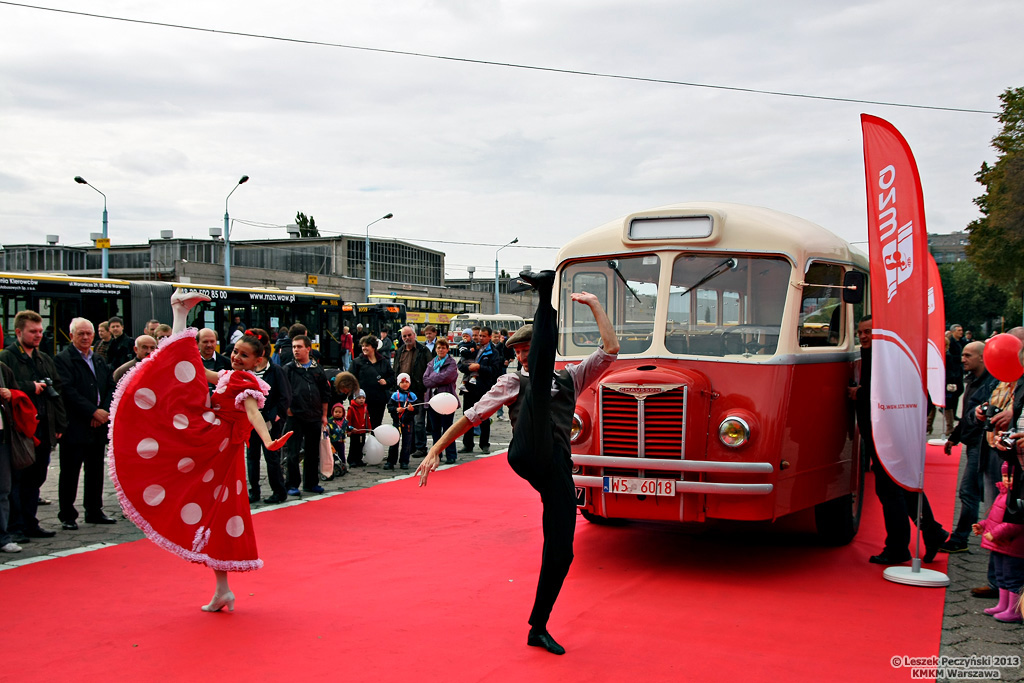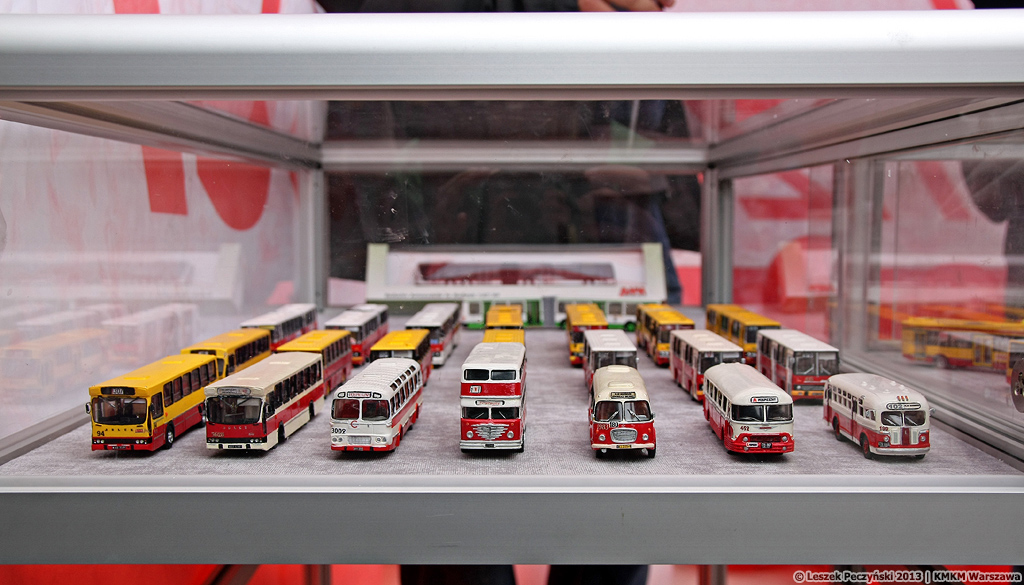The first Days of the Public Transport took place in 2002 at Wola Depot. The originator of the event was the president of the sister association, the Association of Rail Communication Supporters, Mr. Jacek Poniewierski. KMKM was invited to cooperate as a co-organizer. The club was asked to organize the “day of the city” which has always been held on Saturdays, the “railway day” took place on Sunday. The event takes place in September as part of the so-called Sustainable Transport Week, the previous or following weekend after the Car-Free Day.
During the Days of the Public Transport it is possible to visit places which are not open on daily basis: depots, staging stations or control rooms, take a ride on historic rolling stock and get acquainted with the offer of carriers and companies connected with public transport. Until 2008, the event took place at several bus and tram depots, and on the Railway Day at the Warszawa Gdańska station. In 2009, using the construction of a transfer hub at Młociny, the organizers decided to organize the event on Młociny. The location of the “railway day” has been transferred to Dworzec Zachodni. Warsaw Metro (Metro Warszawskie) invariably makes its Technical and Parking Station available on Kabaty. Since 2011, the SSKS has limited the organization of the “Railway Day” to cooperation with the Railway Museum or carriers such as PKP Intercity or Masovian Rails. In 2012 the DPT returned to the depot, precisely to the Repair Department of Rolling Stock on Włościańska and Żoliborz Depot.
The last Days of the Public Transport, organized in Ostrobramska Depot and the Tram Repair Facility, show great interest in this event – especially among families. It is possible to sit behind the wheel of a bus without restraint, familiarize yourself with everyday vehicle servicing and with new technologies that make public transport even more environmentally friendly and greener. Thanks to the presentation of contemporary and historical rolling stock, you can compare how people traveled some time ago, and how they do it today.


